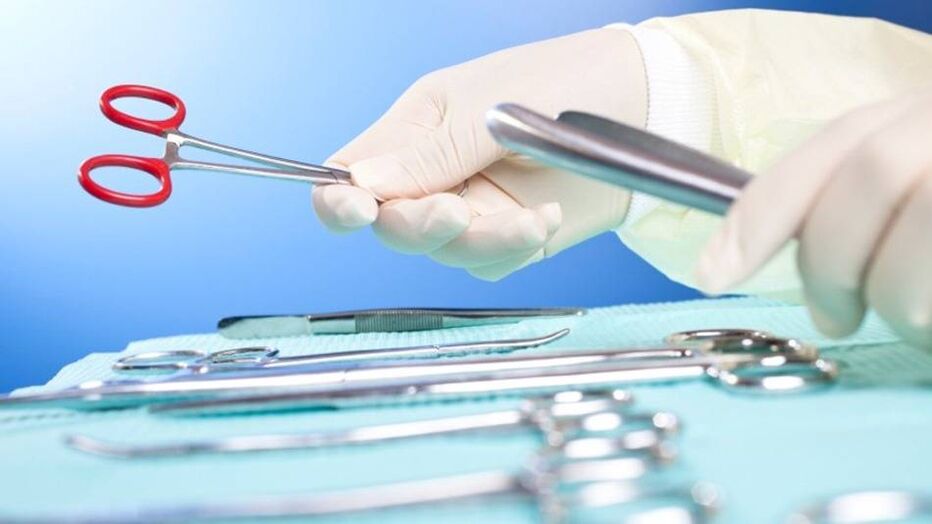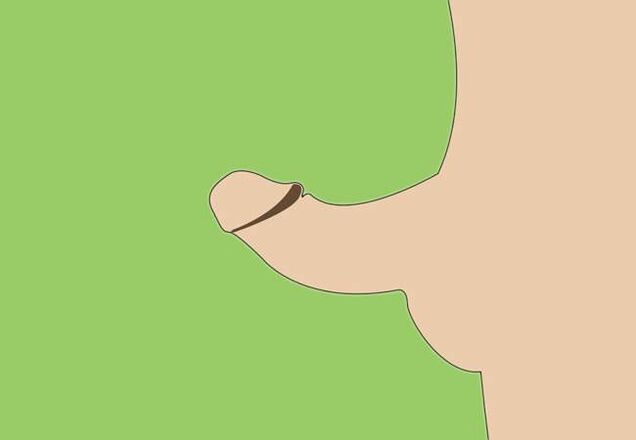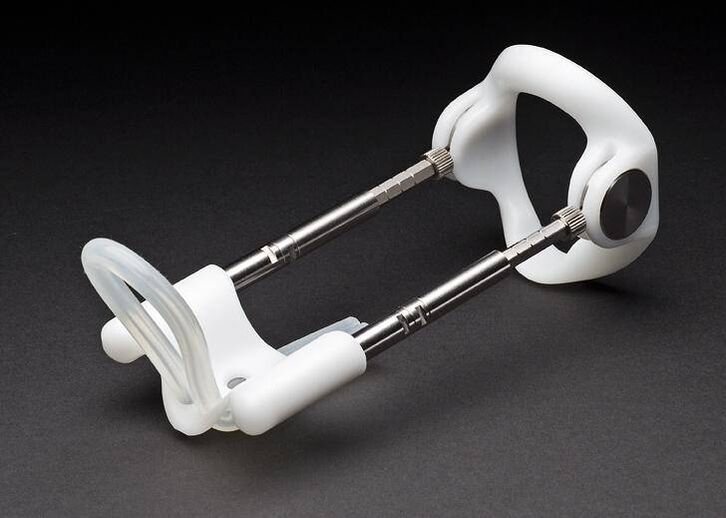It can be repeated a thousand times that the size of the penis does not matter for full sexual intercourse and satisfying a sexual partner, but for many representatives of the stronger sex this topic is very painful.A man’s desire to become the owner of a more impressive dignity is not so unattainable, since in the arsenal of modern aesthetic medicine there is a method for radically solving the issue - a surgical operation to increase the length or thickness of the penis.
The remaining methods (hardware, medication, penis enlargement nozzles), although positioned as effective, in most cases show unsatisfactory results.The radical, surgical method provides a 100% guarantee of success.

When surgery is justified
A man’s desire to enlarge his penis is fundamental in making the decision to undergo surgery.Although, in fact, the majority of clients who come to a plastic surgery clinic for this purpose do not need to correct the size of the reproductive organ.
There are no strict limits regarding the length and thickness of the male reproductive organ.Except in cases where the erect penis of an adult man is less than 8 cm in length.This phenomenon is called micropenis and is a reasonable indication for penis enlargement using surgical methods.
Plastic surgery is not a treatment for erectile dysfunction and does not affect how the erect penis will stand after surgery.
Correction of the size and shape of the penis by surgical means is carried out for a number of physiological and morphological problems.Thus, for medical reasons, penile entrainment surgery is performed for the following painful conditions:
- consequences of trauma;
- congenital pathologies (hypospadias, epispapia);
- Peyronie's disease.

Functional indications include:
- aging man syndrome;
- deficiency of subcutaneous fat, as a result of which the penis can become thinner;
- decreased elasticity of organ tissue.
In addition, when deciding on the advisability of penis enlargement surgery, in some cases aesthetic indications due to the patient’s psychological disorder - penile dysmorphophobia or micropenis syndrome - are considered.In such a situation, surgery to change the size of the penis is performed only if the work of the psychotherapist has not yielded positive results.
Penis length correction method
At the first consultation, the doctor tells the patient what method can be used to perform penile plastic surgery, the nuances of the operation, how long the surgical procedures will take, and how long the rehabilitation will last.The importance of a preliminary examination to exclude contraindications to surgical intervention is discussed.The topic of possible complications, side effects, and what negative phenomena can occur if you do not follow medical recommendations is certainly touched upon.
At the first appointment, organizational issues are also discussed, namely how much penis enlargement surgery costs and the approximate cost of treatment during the recovery period.
To increase the length of the penis, as a rule, the ligamentotomy method is used.The technology is based on the peculiarities of the anatomical structure of the organ and consists of cutting the suspensory ligaments that attach the cavernous bodies to the pubic bone.The length of the penis increases due to the release of its inner part.
Penis enlargement surgery is performed under general anesthesia.Surgical procedures last about an hour and consist of the following:
- the surgical field in the groin area is treated with an antiseptic and covered with a sterile surgical napkin;
- the surgeon cuts the skin and cuts the ligament that attaches the penis to the pubic bone;
- the incision is sutured with catgut (absorbable surgical sutures);
- A sterile bandage is applied to the wound area.

After such penis plastic surgery, the patient remains in the hospital for 3–5 days, where he is under round-the-clock supervision of medical personnel.An operation to increase the size of the penis using ligamentotomy allows you to add from 2 cm to 6 cm to the initial length, depending on the physiological characteristics of the structure of the penis.During the recovery period and to achieve the most positive result, patients need to wear a special attachment - an extender.
Surgical methods to increase penis thickness
The operation to thicken the penis is technologically more complex and time-consuming than surgical techniques aimed at increasing the length of the organ.The risks of complications are much higher, so the patient’s mandatory hospital stay at the clinic during the rehabilitation period takes 10 or more days.Accordingly, the cost of such an operation to enlarge the penis is slightly higher.
Surgical increase in the diameter of the penis shaft is performed by transferring the patient's own donor tissue under the skin of the organ or implanting artificial materials into the penis.Fatty and muscle tissues, special gels, fillers, and biodegradable matrices are used as implants.
For example, lipofilling, a minimally invasive plastic surgery to increase the diameter of the male genital organ, is the transfer of fatty tissue under the skin of the shaft.The required amount of donor material is collected by liposuction of the patient's pubic area.The fat is processed using a special technology and then injected under the skin of the penis along the entire length of the shaft.
Thanks to lipofilling, the penis increases in diameter by 1–2 cm. The result lasts for 1.5–2 years.Afterwards, at the request of the man, the operation can be repeated.In a similar way, in an aesthetic medicine clinic, they surgically increase the diameter of the penis using a complex of gluteal subcutaneous fat tissue.
The advantage of muscle tissue transplantation is that the operation can increase the thickness of the penis by more than 2 cm. The disadvantage of the method is that it is more traumatic, a long rehabilitation period, and a high risk of side effects.
Possible complications
If mistakes were made during plastic surgery or the patient is negligent in following medical recommendations during the rehabilitation and recovery period, the risk of various complications increases.In the first 1–2 months, the following may be observed: bleeding in the operated area, wound infection, swelling of the penis that does not subside for a long time, pain during an erection, decreased sensitivity of the head of the penis.

The list of the most common late complications includes:
- violation of the erection angle (with a forward or downward tilt);
- instability of the penis during friction;
- shortening of the penis shaft;
- curvature and/or deformation of the organ;
- erectile dysfunction;
- dissolution of implants or necrosis of donor material;
- loss of sensitivity of the head.
In order not to encounter such phenomena, it is necessary to carefully approach the choice of a doctor.Plastic surgery uses complex techniques that require the surgeon to be responsible, precise, and have impeccable mastery of surgical techniques.You can entrust manipulations of your body only to specialists who have already proven themselves to be good in the field of aesthetic medicine.























